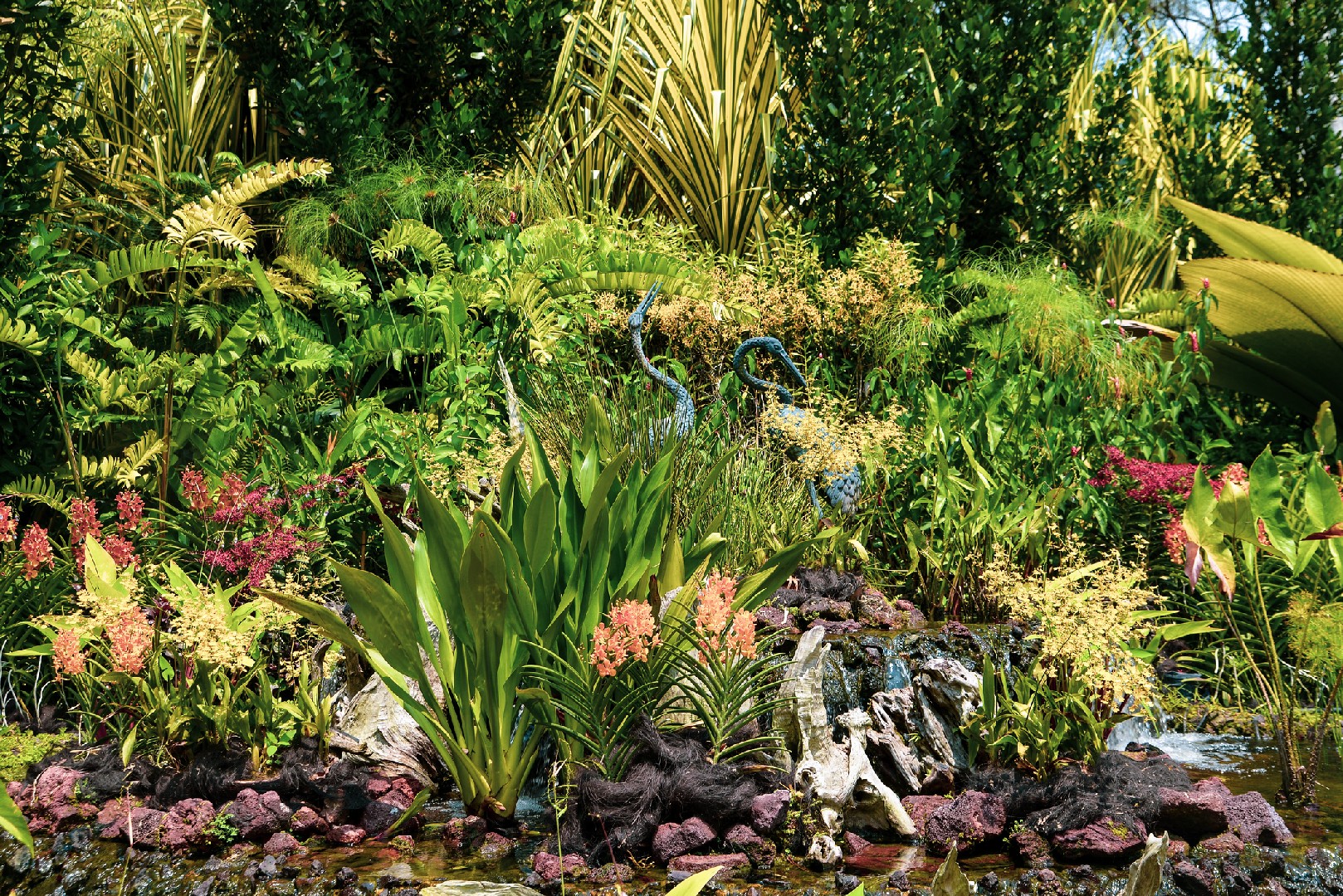![Rectangle]()
Case Study: Successful Incorporation of Aquatic Plants
In this case study, we will explore a real-world garden design that successfully incorporates aquatic plants, showcasing the transformative effect they can have on any outdoor space. We will also discuss the lessons learned from this case study that can be applied to personal garden design efforts.
The garden in question is a small backyard oasis located in a suburban neighborhood. The homeowner, Sarah, had always been drawn to the beauty of water plants and wanted to create her own aquatic paradise right in her backyard. With the help of a professional gardener, Sarah began her journey of incorporating aquatic plants into her garden design.
One of the most important aspects Sarah had to consider was the right mix of plants that would create an attractive and balanced ecosystem. Aquatic plants, such as water lilies and lotuses, were carefully selected for their ability to provide shade, oxygenate the water, and provide shelter for fish and other aquatic animals.
To ensure the success of her aquatic garden, Sarah learned about the necessary skills and methods required for maintaining water plants. She understood the importance of regularly checking water quality, controlling algae growth, and providing proper fertilization. Sarah also learned the art of arranging water plants in a visually appealing manner, creating a harmonious blend of colors, textures, and heights.
As the seasons changed, Sarah's aquatic garden transformed before her eyes. The vibrant blooms of the water lilies added a burst of color to her backyard, while the soothing sound of the water flowing through the pond created a peaceful ambiance. Not only did the aquatic plants enhance the visual appeal of the garden, but they also attracted various wildlife, including birds, butterflies, and dragonflies. Sarah's backyard had become a haven for both plant and animal life.
The success of this case study offers valuable lessons for anyone looking to incorporate aquatic plants into their own garden design. Firstly, it is crucial to research and select the right mix of aquatic plants that will thrive in your specific climate and water conditions. Secondly, learning the necessary skills and methods for maintaining water plants, such as water quality control and fertilization, is essential for their long-term success. Lastly, don't be afraid to get creative with the arrangement of your aquatic plants. Experiment with different colors, textures, and heights to create a visually stunning and balanced ecosystem.
By following these lessons learned from the case study, you too can create your own aquatic plant paradise in your garden. Not only will it add beauty and tranquility to your outdoor space, but it will also create a thriving ecosystem that supports a variety of plant and animal life. Get inspired and take the leap into the wonderful world of aquatic plants!





